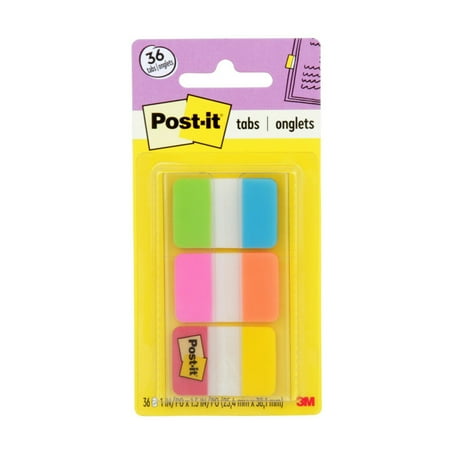I'm a visual learner and loved the Post-it Note decluttering method – it made streamlining the most stressful storage spot in my home a breeze
I usually put off decluttering my clothes, but this method made it easier to say goodbye
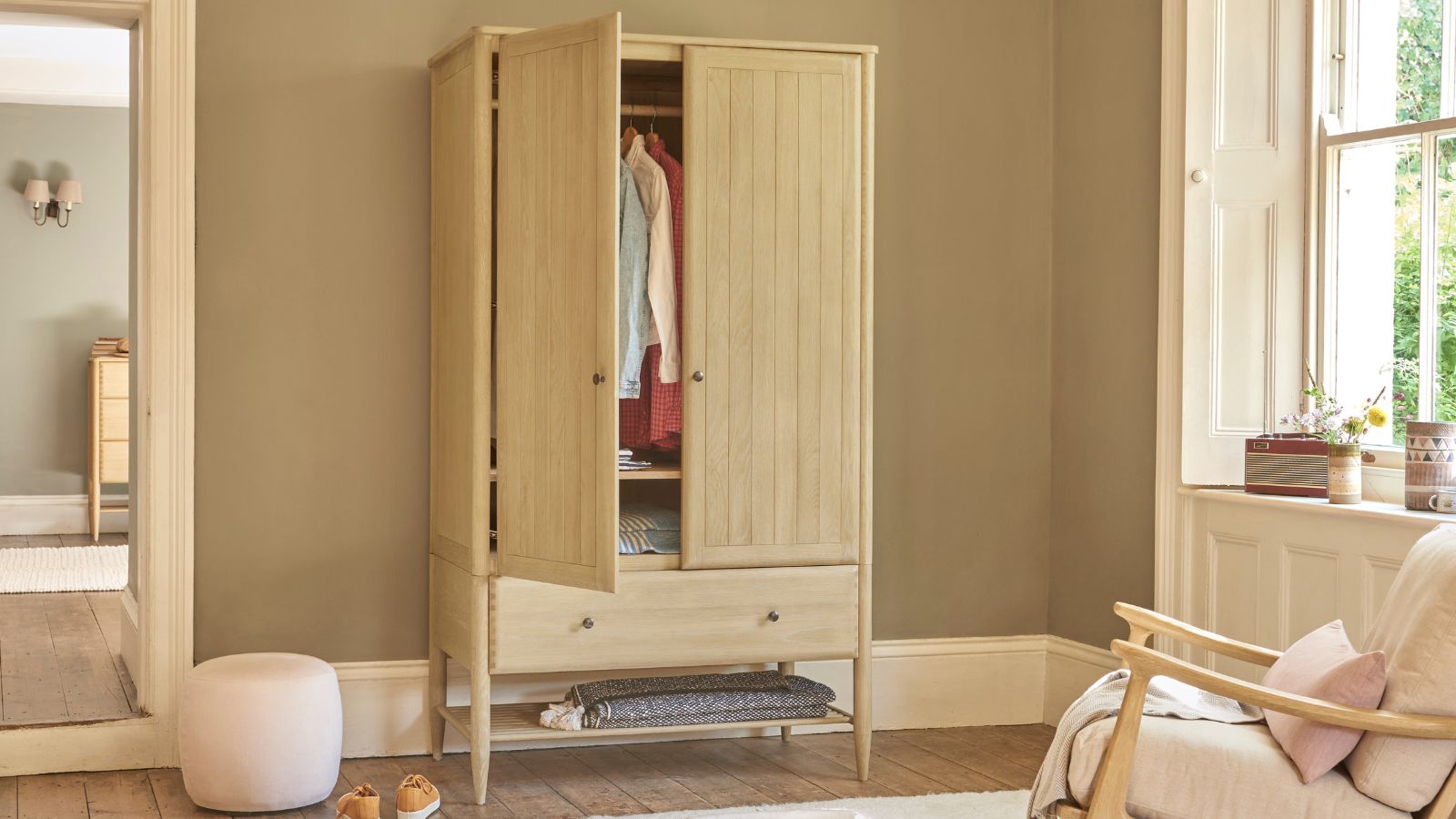

I'll hold my hands up and admit I am guilty of over-shopping, especially when it comes to clothes. Recently, my backlog of clothing came to a head, so I decided to give a visual decluttering method a go.
As an over-thinker, I wanted a visual method that would take the mental effort out of decluttering my closet – enter the Post-it Note decluttering method.
Using three colors of Post-it Notes, all I had to do was follow my gut instinct when decluttering clothes. What had been previously difficult transformed into a mindless, easy task, simply for using this technique.
What is the Post-it Note decluttering method?
The Post-it Note decluttering method is simple. Pick up different colors of super sticky notes and assign each one a meaning. For example, green means keep, orange means maybe, and pink means get rid. You could further split the ‘get rid’ category into two colors to donate or sell decluttered items.
The Post-it Note decluttering method's visual traffic light system can be used for anything from decluttering a closet to decluttering a kitchen when lessting, and is great for those who work best with visual cues or may otherwise be indecisive.
The method works because it forces you to clock your immediate gut feeling over all else, taking the active mental load of considering the pros and cons of each item – and any guilt – away.
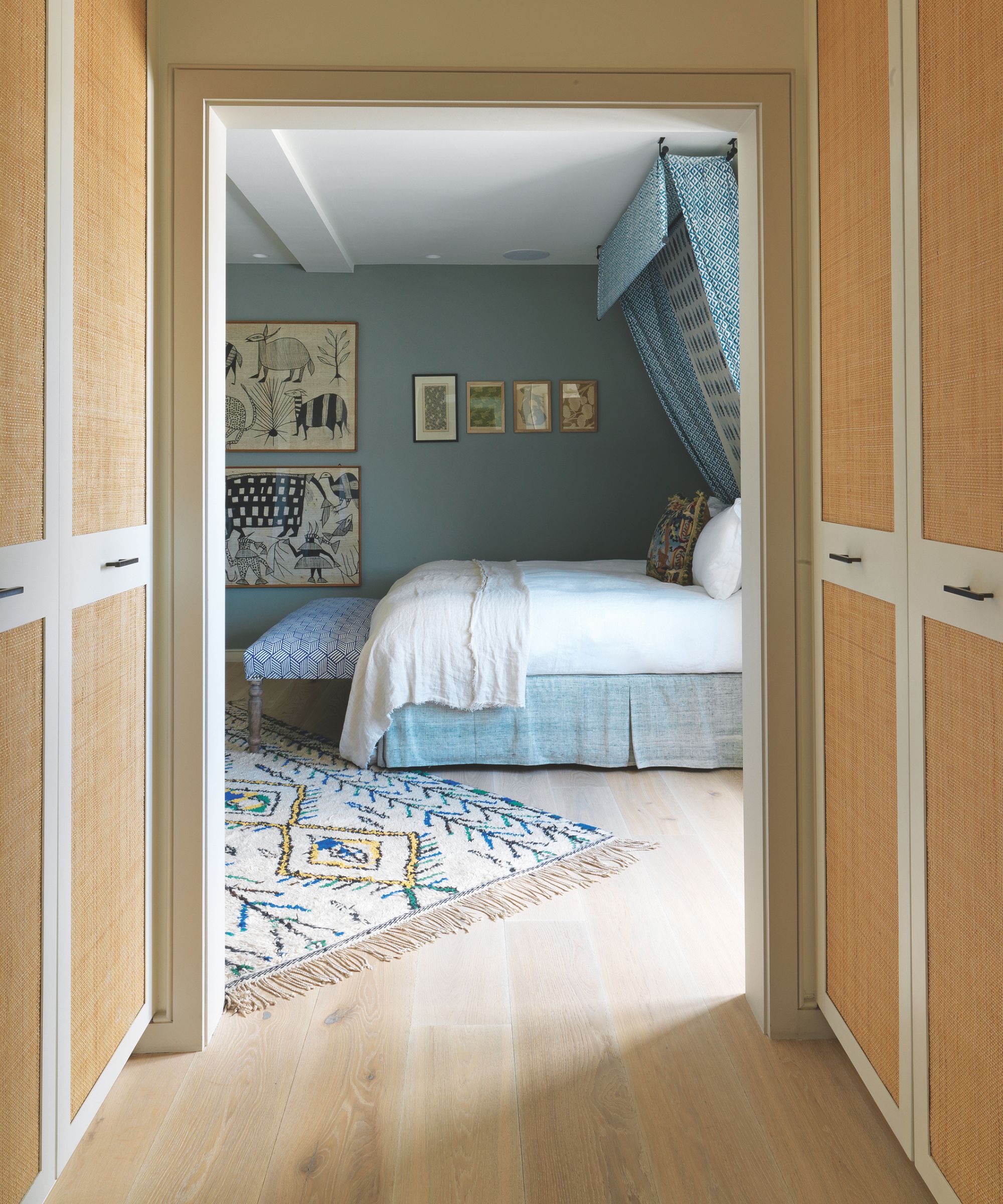
Decluttering your closet will reduce the chance of clothing spilling over into your bedroom
Melanie Summers, professional home organizer and owner of I Speak Organized explains, ‘The Post-it Note method is a clever, simple, visual, and low-pressure way to approach decluttering. By assigning clear, actionable categories to different colors, this system provides an instant road map for decision making. It allows people to declutter at their own pace, and often more quickly than other traditional methods.
Design expertise in your inbox – from inspiring decorating ideas and beautiful celebrity homes to practical gardening advice and shopping round-ups.
‘This method works particularly well for those who prefer not to move items during the sorting process physically. It also helps with accountability – once everything is labeled, it’s harder to ignore what needs to be done.’
How I used the Post-it Note method for clothes
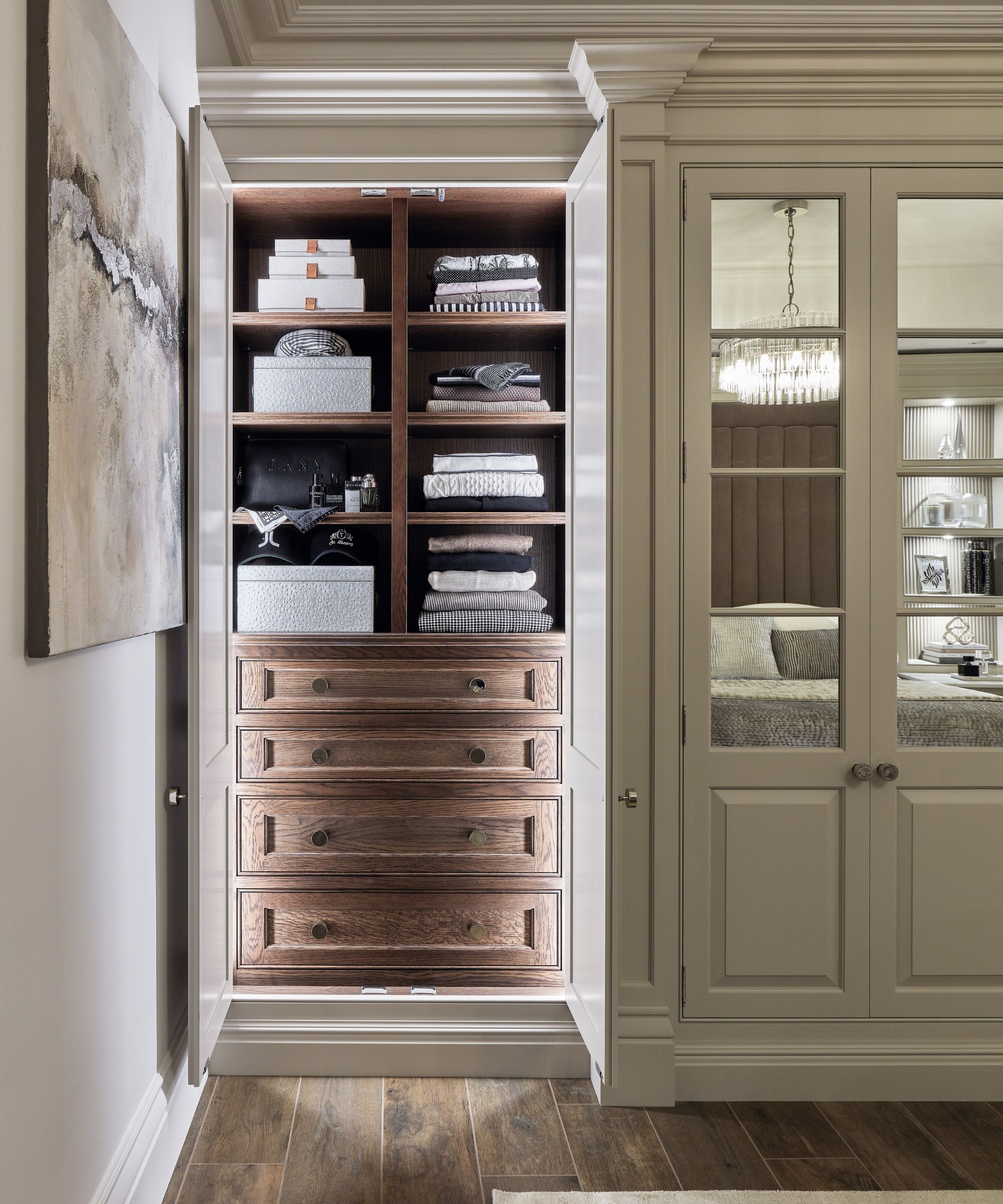
The one area I have been avoiding the most in my home is my long-term clothes storage. My under-bed storage bags were full to bursting with a mix of gym clothes and seasonal clothing. It was so bad that the lid no longer closed and my usual file folding was impossible.
We usually recommend leaving seasonal decluttering until the season itself so you can make a more informed choice about what you want to keep, but this storage space is such a daily headache for me that it needed dealing with ASAP.
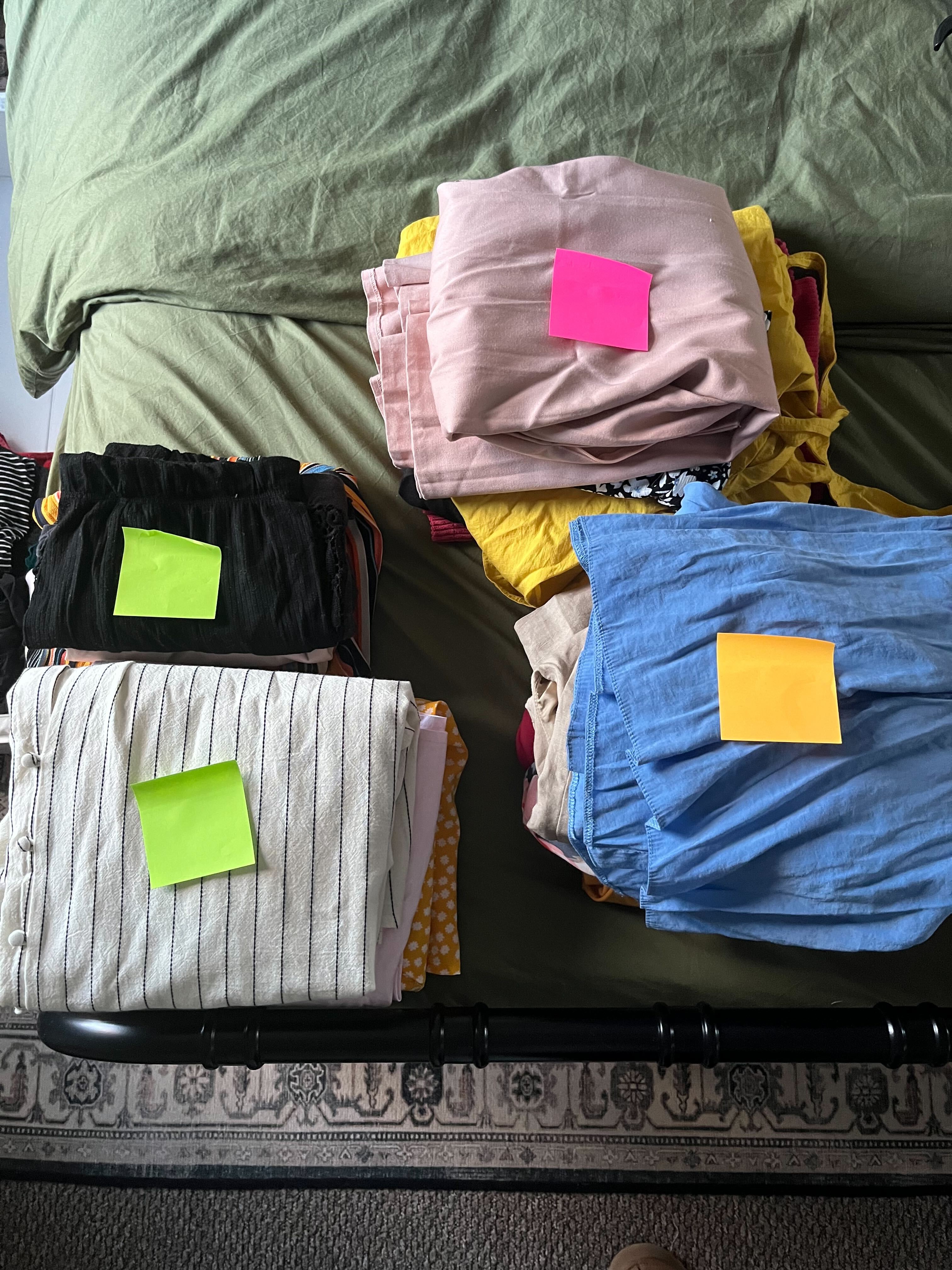
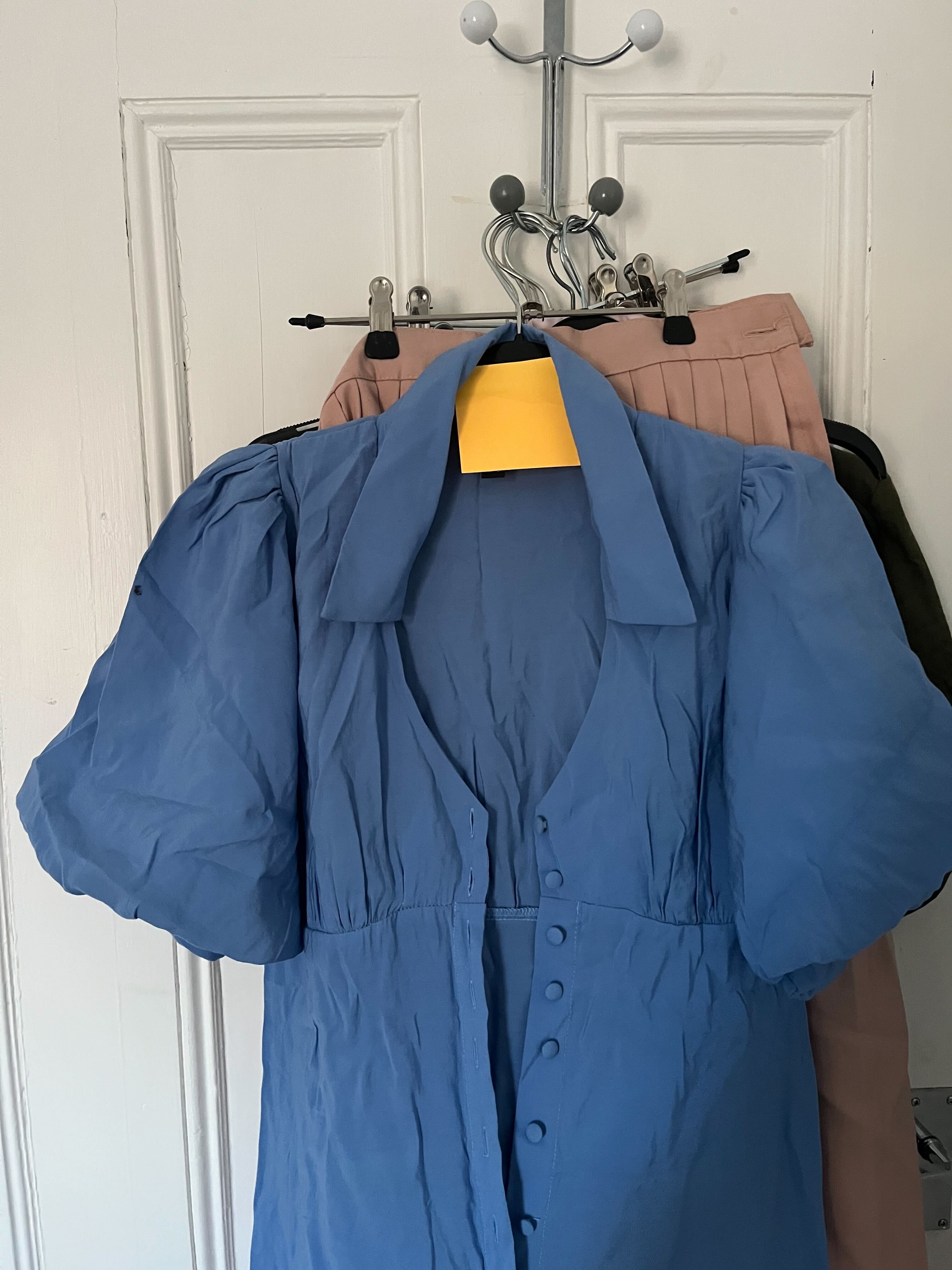
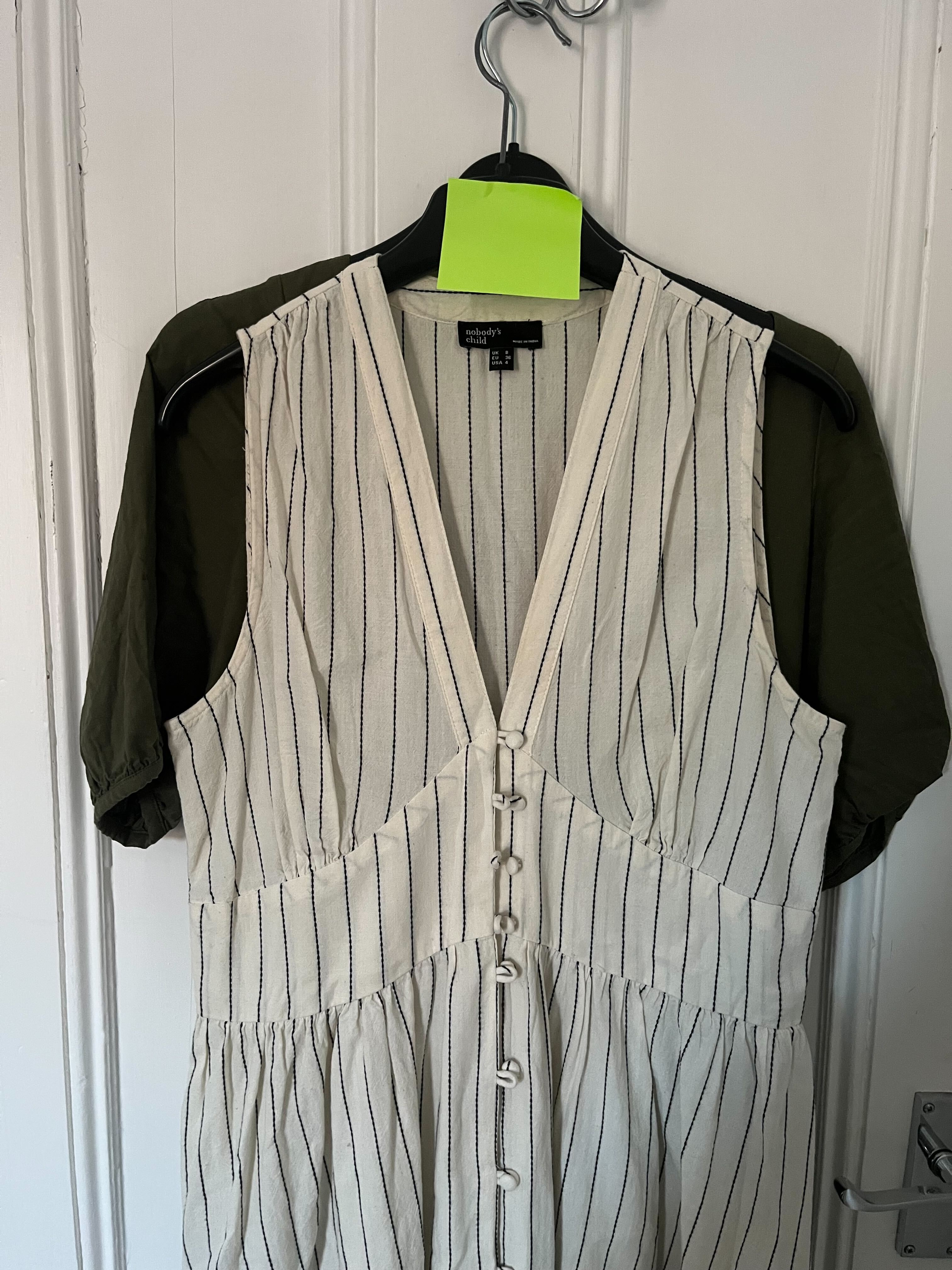
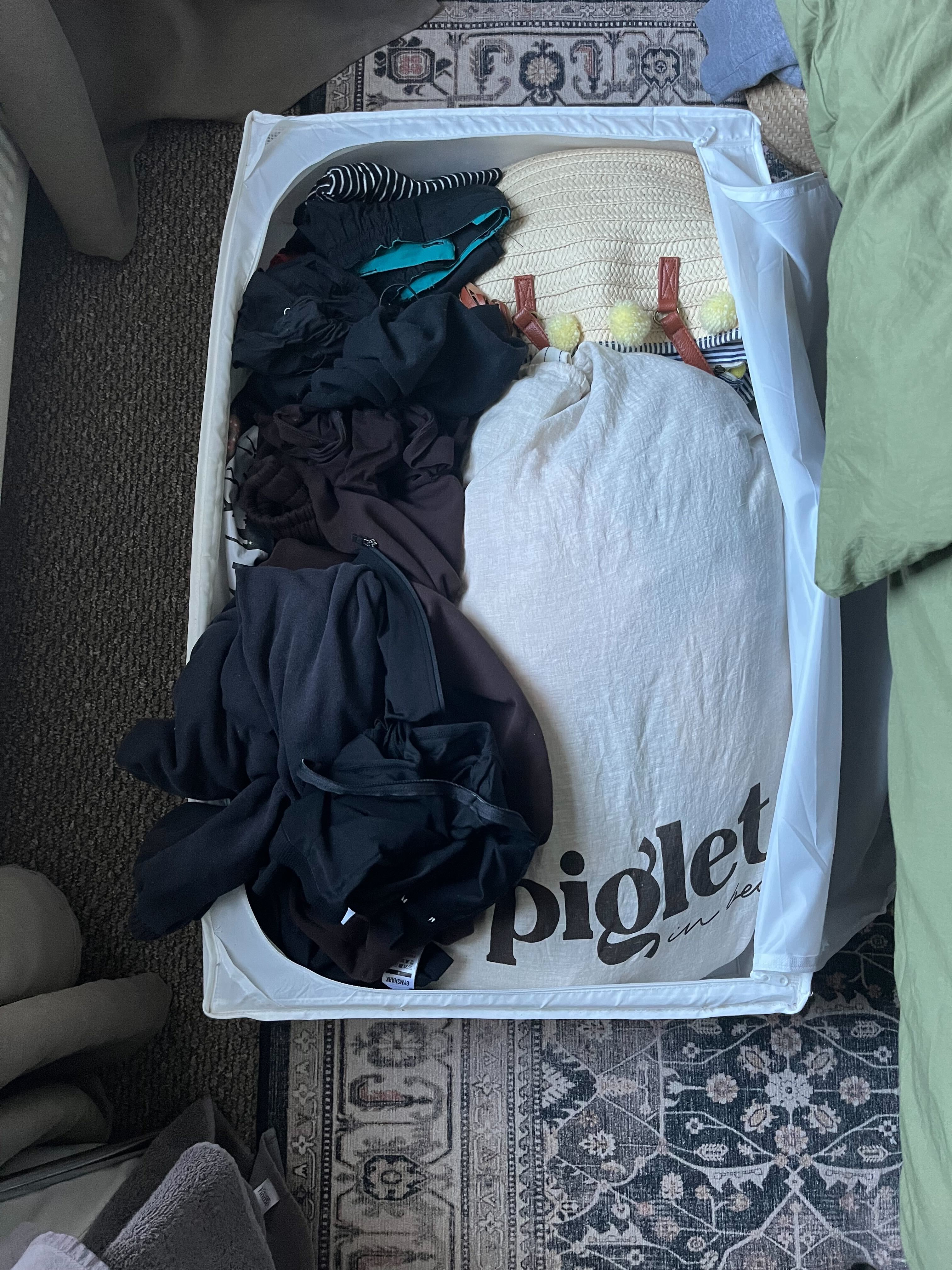
To start, I pulled everything out and hung everything up on coathangers so I could see them clearly. Everything was then hooked on the back of my door in the absence of a clothes rail, such as a simple garment rack from Amazon.
My approach was to take only a few seconds to assess the item (like the three-second decluttering rule), trying to follow my gut instinct. Stacking them up meant I had to deal with the item on top, limiting some of the visual noise of looking at an entire closet in one go.
Within a few seconds of looking at the item, I assigned it a Post-it. I generally tried to limit my ‘maybe’ Post-it Notes to items I wanted to try on before making a final decision.
Items like the green cottage-core dress I bought last summer and wore nearly every week were immediately green Post-its (a yes in my traffic-light system), while dresses I adored when I was a teenager ended up being orange Post-it maybes.
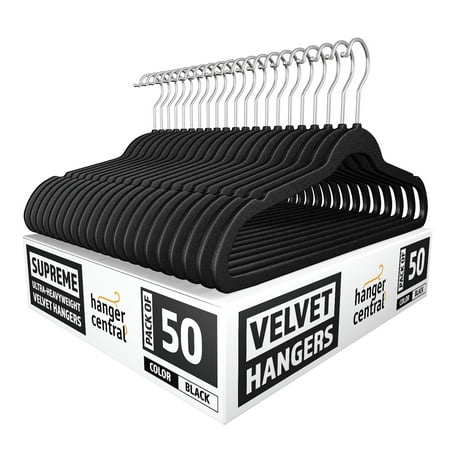
You would be hard pushed to find a pro organizer that doesn't love velvet slimline hangars to organize a closet. They keep clothes in place without taking up too much space.

Under bed storage is a great way to expand on your existing closet space, be it for storing your off-season items, or offering a place for you bulkier pieces that need folding, but take up too much space in dresser drawers. These bags on wheels makes them easy to pull out quickly and access as needed.
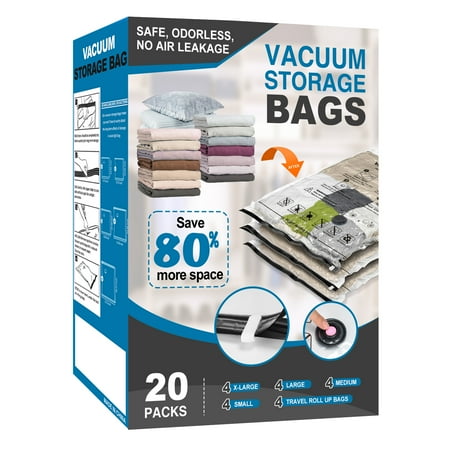
Keep your off-season clothing in vacuum bags to limit their footprint in your home. Wash garments and fully dry before storage to keep them smelling fresh and ready to use on the other end.
With the clothing categorized, I could then put all the yes items back into under-bed storage idea, folded neatly. After decluttering my seasonal clothing, I was able to stash them in a more orderly fashion in my under-bed storage bag.
The beauty of the Post-its meant I didn’t have to deal with the no and maybe items right away. Instead, I could step back and take a break. This break ended up being a few days because I was busy, but it let me marinate on my decisions for a little while longer. The result was some of the maybe items turned out to be immediate no’s without me having to try them on. It’s the perfect method to avoid decluttering regret.
Who the Post-it Note method works best for
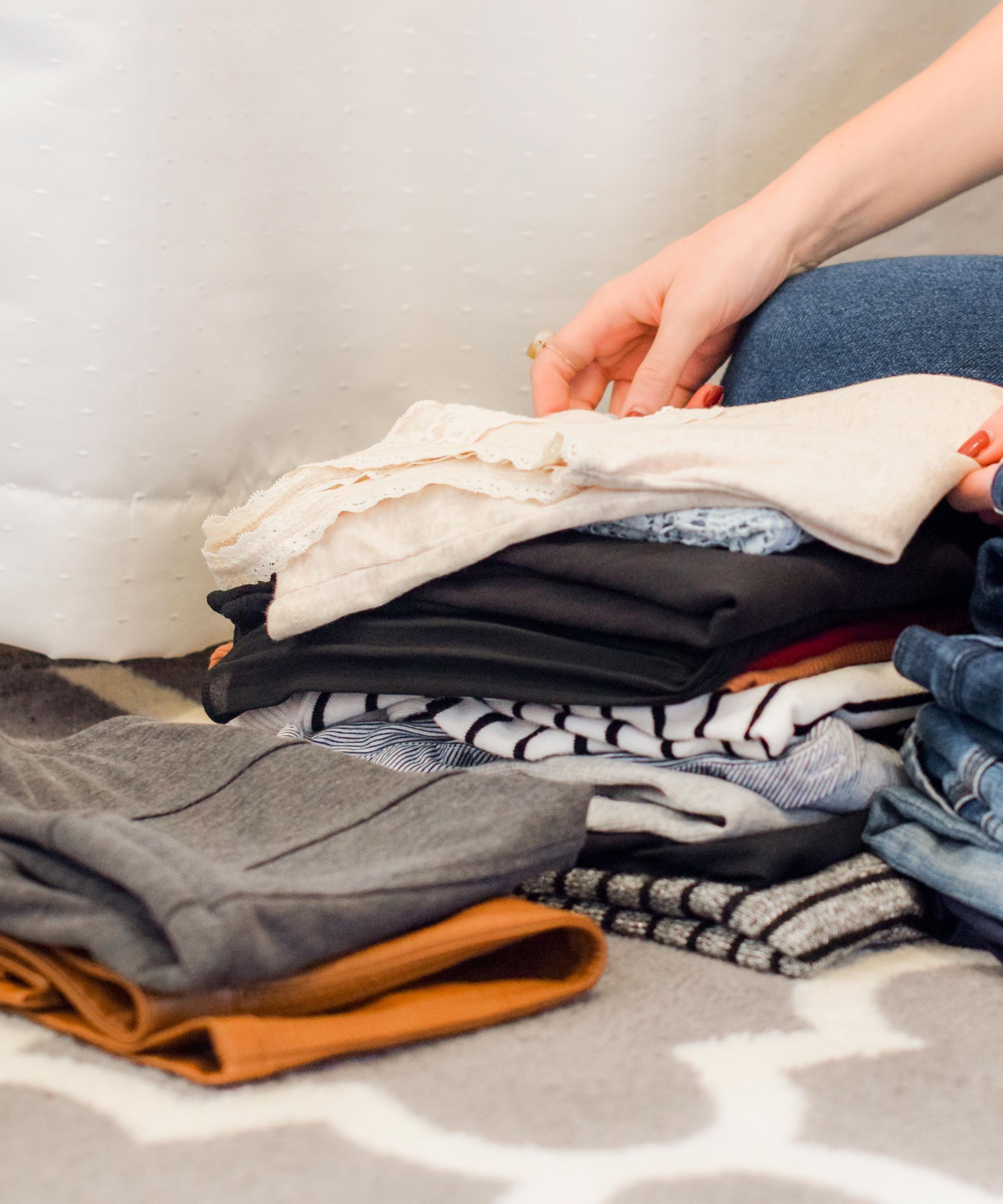
According to Frances Greene, founder, and lead organizer at Grit & Honey Home Organizing, the Post-it decluttering method works best for visual learners like me, those with ADHD, or people who get easily overwhelmed trying to make decisions.
Frances says, ‘While I do believe any one of my clients could benefit from the system, I most often recommend this for my ADHD clients. With a set of clear directions and lots of visual clues, this process has a beginning, a middle, and an end, with no guesswork. It also gives us the opportunity to ease into letting go of our babies (ie., the clothing we loved enough to purchase).
‘In addition to the Post-it system, I try to remove some of the editing pressure by encouraging my clients to focus on letting go of the low-hanging fruit, that is to say, the items we know we no longer like. The first pass is often the hardest and inevitably, the client will end up digging deeper into the edit process once they start to see results, giving up pricey clothing they didn't end up liking. All the while reminding ourselves that this is staging, not actually giving away ... yet.’
How to use the Post-it Note method elsewhere in the house
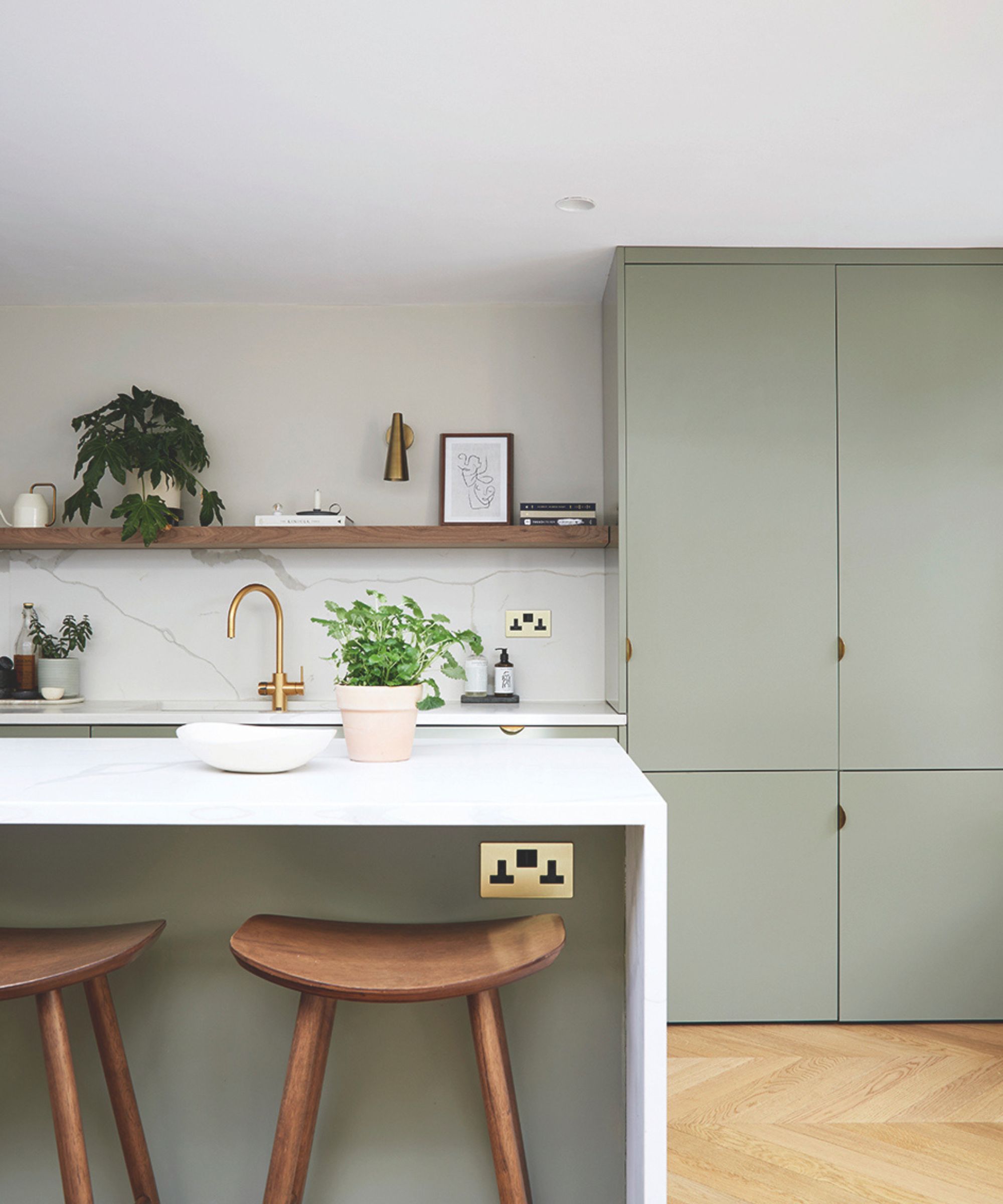
Decluttering clothes fast is one thing, decluttering a whole house is another.
Luckily, the Post-it Note system is easily transferable – simply empty everything out of a storage idea and get to labeling.
Alternatively, Shara Ryan, professional organizer and blogger at Simply Renewed Living adds, ‘I would take it a step further and use Post-it notes for each storage area in the room you’re organizing. If you’re working on the kitchen, start by color-coding each cabinet based on how disorganized each one is, following the visual cues trick. If you have a cupboard filled with stuff you’re not using, use a blue Post-it note. If your silverware drawer is mostly decluttered and organized, mark it with a pink Post-it note. I would then use yellow Post-it notes to write down what you want to keep in this cupboard.
‘This represents the end result, helps you maintain your vision for this space, and is the first step in the organizing process.’
FAQs
How do you avoid overthinking when decluttering?
If you find yourself second-guessing your decisions when decluttering, consider trying a challenge like the five-second decluttering rule, where you're forced to go with your gut instinct. Then, use the pile method to categorize items into things you instantly wanted to keep, instantly wanted to get rid of, and items you were not sure about.
Remember that you are not getting rid of anything yet, you are just classifying them. Items you wanted to keep can then go away, while items you wanted to get rid of or were not sure about can sit in a box for a week. If you didn’t think about them in that time frame, you can safely get rid of them.
Using a visual classification system such as the Post-It Note method or the Dot and Ditch decluttering method, is a great way to declutter your home when you feel overwhelmed, creating physical reminders of what to do with each item and helping you to declutter without making a mess. The end result is a far more relaxed decluttering experience, leaving you feeling more accomplished, rather than exhausted.
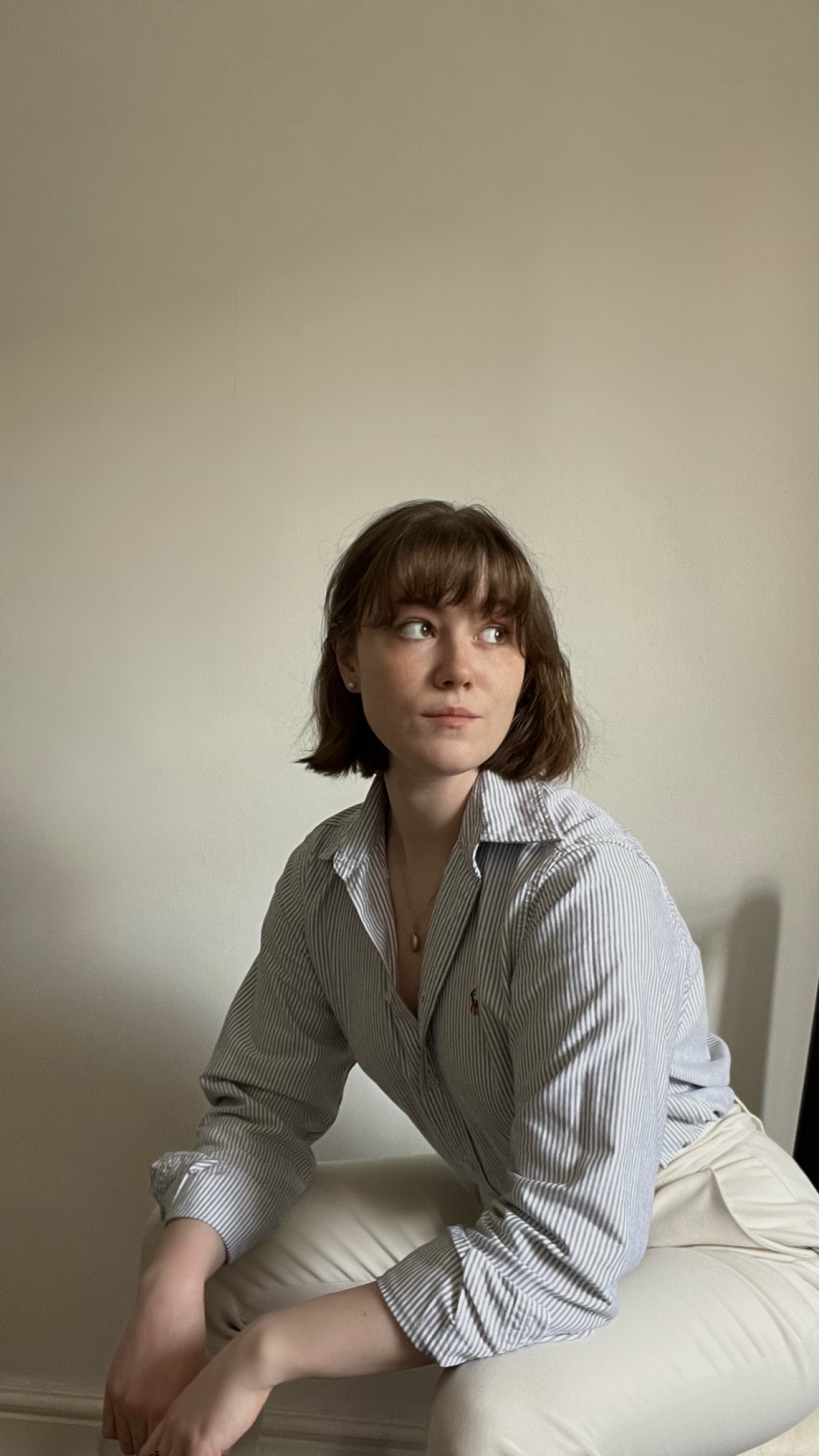
Chiana has been at Homes & Gardens for two years and is our resident 'queen' of non-toxic living. She spends most of her time producing content for the Solved section of the website, helping readers get the most out of their homes through clever decluttering, cleaning, and tidying tips. She was named one of Fixr's top home improvement journalists in 2024.
You must confirm your public display name before commenting
Please logout and then login again, you will then be prompted to enter your display name.

